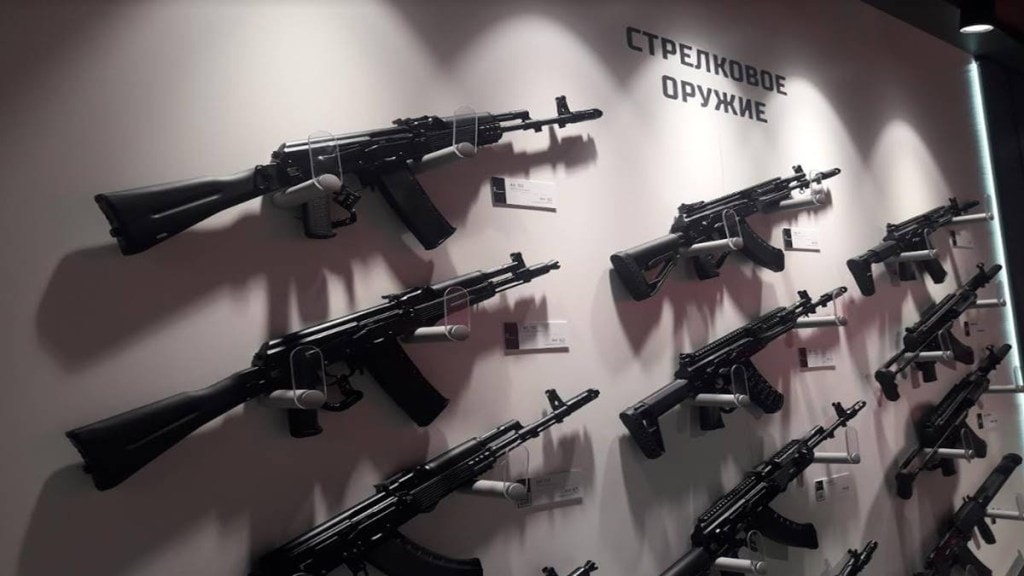The ongoing conflicts in Gaza and Ukraine have brought a significant financial boost to arms manufacturing companies, particularly in the US and Israel. According to the latest report by the Stockholm International Peace Research Institute (SIPRI), the world’s top 100 arms companies have seen a surge in profits, largely due to the war-driven demand for weapons and military equipment.
In SIPRI’s 2023 analysis, the data reveals that the revenue of arms companies operating in active war zones has grown exponentially. Russian arms manufacturers have experienced a 40 percent increase in profits, driven by the heightened demand for fighter jets, tanks, missiles, and ammunition in the ongoing Russia-Ukraine conflict. Similarly, Israeli arms companies, benefiting from the Gaza war, have seen their collective revenue skyrocket to US$19.6 billion (roughly Rs 1.66 lakh crore), reflecting an 18 percent rise in their profits.
The United States continues to dominate the global arms market, with 41 American companies making up a substantial portion of SIPRI’s top 100 list. In 2023, US arms manufacturers generated a combined revenue of US$317 billion, a 2.5 percent increase from the previous year. Notably, while companies like Lockheed Martin and Raytheon Technologies (RTX) faced a slight dip, the majority of US arms companies reported gains. This growth is primarily attributed to the high demand for weapons from Ukraine, as well as other international buyers in the Middle East and Asia.
Israeli arms companies, which have historically benefited from their close involvement in Middle Eastern conflicts, are seeing significant windfalls as well. SIPRI’s report indicates that six Israeli arms companies have collectively boosted their revenues, capitalizing on the escalation of violence in Gaza. This surge highlights the broader trend of profits aligning with the escalation of regional wars, where countries like Israel often act as key suppliers of advanced military technologies such as drones, surveillance systems, and precision-guided munitions.
In addition to US and Israeli companies, arms manufacturers in other regions have also enjoyed increased profits. For instance, Turkey’s Baykar company, known for its advanced drones, has seen a 24 percent rise in revenue, fuelled by the widespread use of Turkish drones in the Ukraine conflict. Companies from South Korea and Japan have also reported a sharp increase in profits, likely driven by security concerns arising from the Russia-Ukraine war and North Korea’s provocative actions.
Interestingly, despite the ongoing war in Ukraine, European arms companies have not seen as substantial an increase in revenue compared to their American or Israeli counterparts. The reasons for this are varied but could include lower production rates or fewer direct sales to conflict zones compared to their US and Israeli peers.
SIPRI’s report also highlights the growing role of Indian arms manufacturers. Three Indian companies—Hindustan Aeronautics Limited (HAL), Bharat Electronics Limited (BEL), and Mazgaon Dockyard Limited—were included in the top 100 list, collectively earning US$6.7 billion, an increase of 5.8 percent from the previous year. While still a smaller player on the global stage, India’s arms industry is beginning to make its presence felt in the global arms market.
The global arms industry, particularly in the US and Israel, has profited immensely from the ongoing conflicts in Gaza and Ukraine. These companies have benefited from the escalating demand for military technologies, while geopolitical tensions continue to drive the profitability of arms manufacturers worldwide.

